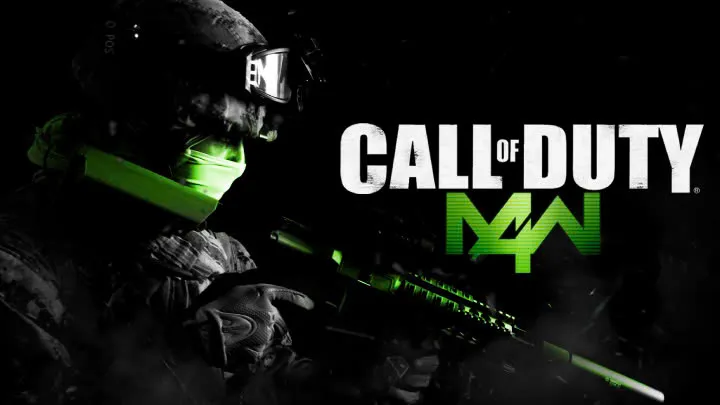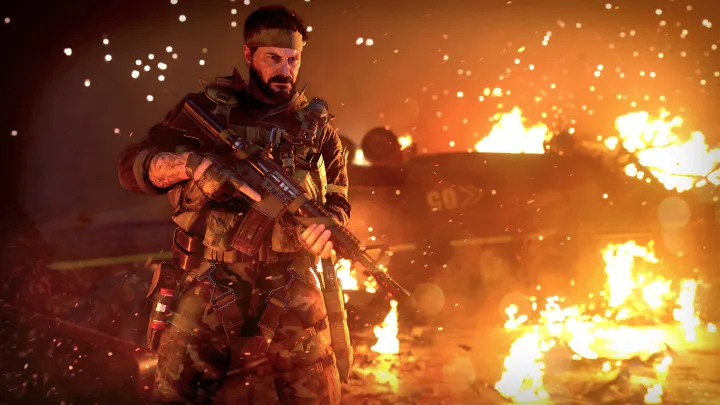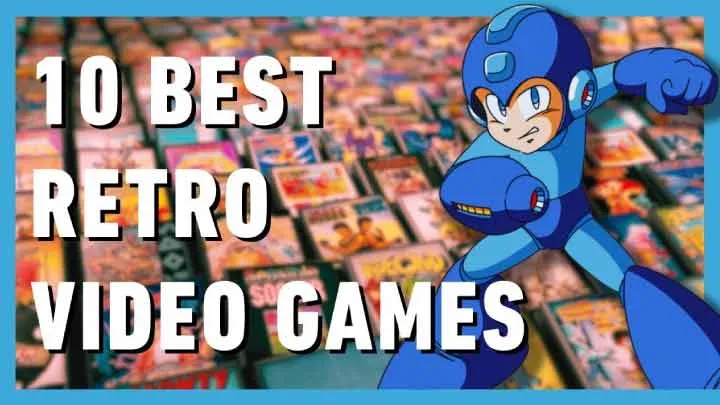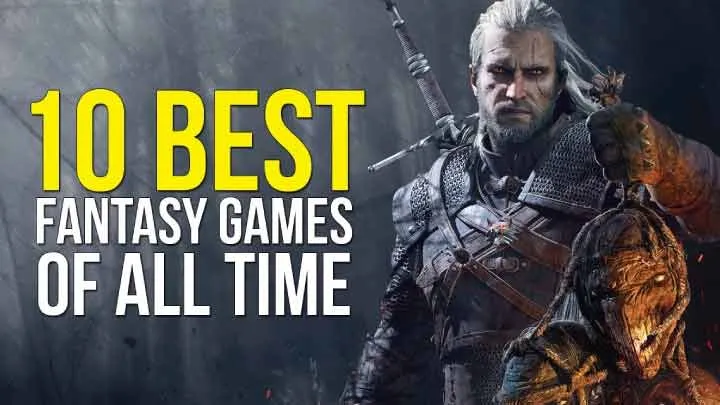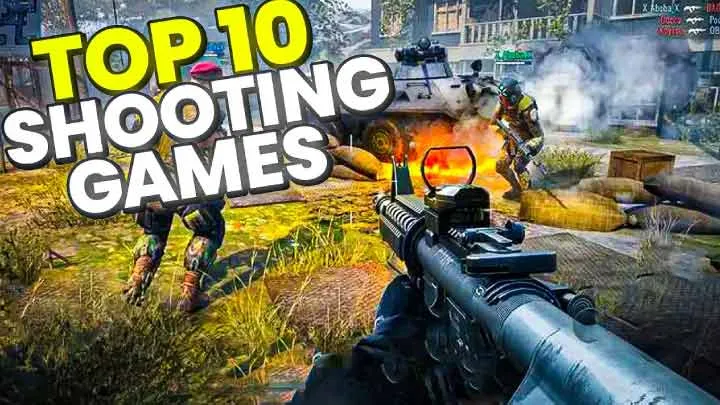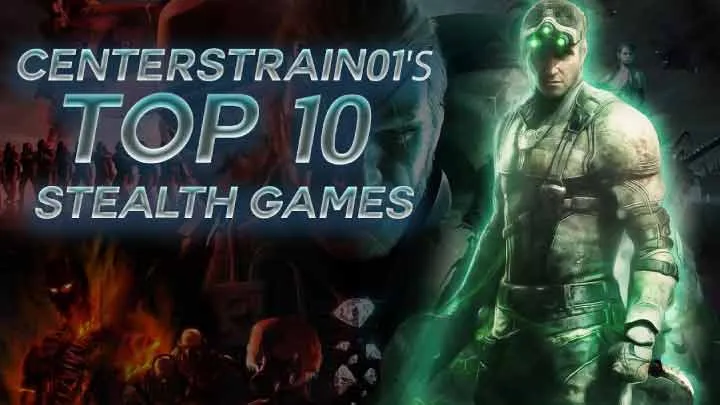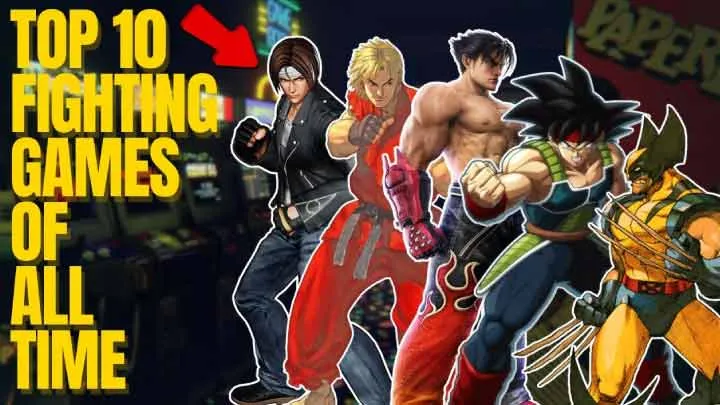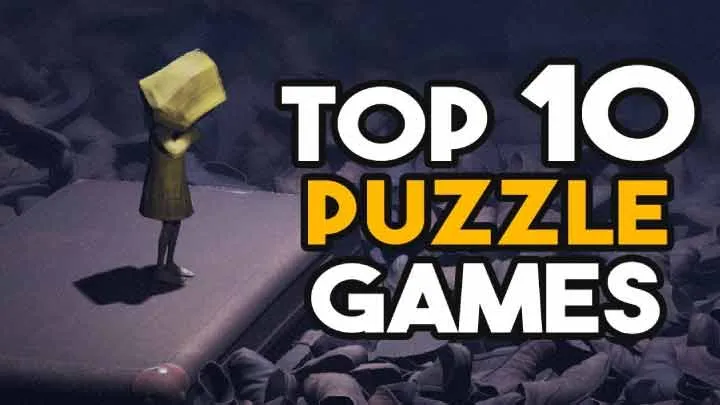Introduction
Fighting games have always occupied a special place in the world of video games. More than just digital brawls, they test reaction time, strategy, technical mastery, and psychological composure. From arcade cabinets filled with quarters to massive esports stages watched by millions, fighting games have consistently pushed the boundaries of competitive gaming.
In this article, we will explore ten of the most influential fighting games that shaped the competitive scene. Each entry includes a breakdown of its content, gameplay mechanics, and its overall impact on both casual and competitive communities.
1. Street Fighter II (1991)
Game Introduction
Capcom’s Street Fighter II is arguably the most important fighting game ever made. Released in 1991, it defined the modern fighting game template with distinct characters, unique move sets, and the introduction of combos.
Gameplay Analysis
The game emphasizes precise inputs, zoning, and character matchups. Players must master quarter-circle and charge motions while reading their opponents. Matches are often described as chess with fists, requiring both execution and mind games.
Evaluation
Street Fighter II created the foundation for fighting game tournaments. Its competitive scene exploded in arcades, birthing EVO (Evolution Championship Series) and inspiring nearly every fighting game that followed.
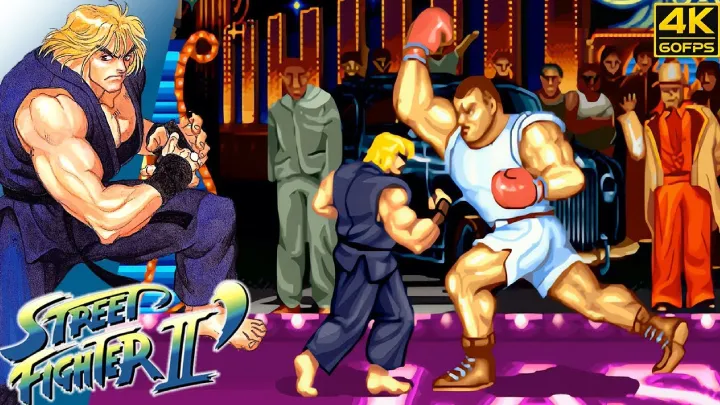
2. Mortal Kombat (1992)
Game Introduction
Developed by Midway, Mortal Kombat shocked the world with its digitized actors, violent gameplay, and infamous Fatalities.
Gameplay Analysis
While slower and stiffer than Street Fighter II, it introduced a darker atmosphere and unique mechanics such as block buttons and stage-specific finishers. Characters had simple yet effective special moves that appealed to casual players but also provided depth for competitive play.
Evaluation
The game’s notoriety led to the creation of the ESRB rating system. Competitively, it introduced a distinct fighting style, especially with later entries (MK9, MKX, MK11) becoming staples of modern esports.
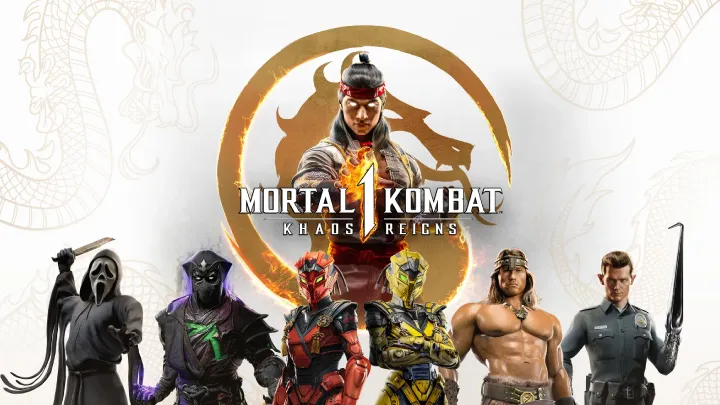
3. Tekken 3 (1997)
Game Introduction
Namco’s Tekken 3 was a milestone for 3D fighters, introducing fluid movement, deep combo systems, and memorable characters like Jin Kazama and Hwoarang.
Gameplay Analysis
Unlike 2D fighters, Tekken emphasizes movement, spacing, and punishment. Sidestepping and juggling combos became essential. Tekken 3 balanced accessibility with competitive depth, making it both a fan and tournament favorite.
Evaluation
The game was a commercial and competitive success, solidifying Tekken as a global esports franchise. Its legacy continues through Tekken 7 and the upcoming Tekken 8, both central to modern tournaments.
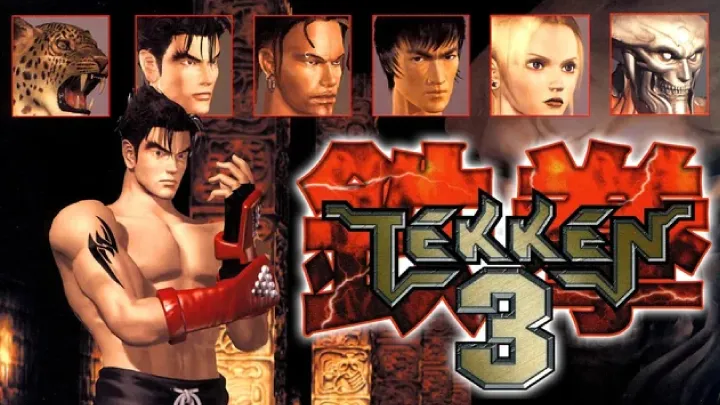
4. Super Smash Bros. Melee (2001)
Game Introduction
Nintendo’s Super Smash Bros. Melee turned mascot brawling into a serious competitive scene. Initially designed as a party game, it became one of the most technically demanding fighting games ever.
Gameplay Analysis
Melee’s gameplay emphasizes speed, precision, and advanced techniques such as wavedashing, L-canceling, and edge guarding. Unlike traditional fighters, its platform-based combat introduced unique stage dynamics.
Evaluation
Despite Nintendo’s hesitation toward supporting competitive play, Melee has remained a tournament staple for over two decades. Its grassroots competitive community is one of the most dedicated in esports history.
5. Guilty Gear X2 (2002)
Game Introduction
Arc System Works’ Guilty Gear X2 elevated anime fighters to new heights with fast-paced gameplay, heavy metal aesthetics, and a complex yet rewarding system.
Gameplay Analysis
The game features intricate mechanics such as Roman Cancels, Burst systems, and air dashes. Its high execution barrier rewards skilled players while offering stylish combos that dazzle spectators.
Evaluation
Guilty Gear carved out a loyal competitive scene and paved the way for successors like Guilty Gear Strive. It established anime fighters as a distinct subgenre in competitive gaming.
6. Soulcalibur II (2002)
Game Introduction
A spiritual successor to Soul Edge, Soulcalibur II pushed 3D weapon-based combat to the forefront. With a diverse roster and iconic guest characters (Link, Spawn, Heihachi), it became a mainstream hit.
Gameplay Analysis
Weapon reach, ring-outs, and movement around a 3D plane make Soulcalibur II stand apart. Players must balance offense with spatial awareness, making footsies and guard impacts essential.
Evaluation
While its competitive dominance has waned compared to Tekken, Soulcalibur II remains one of the most polished entries in 3D fighting history, with a strong legacy in tournaments.
7. Marvel vs. Capcom 2 (2000)
Game Introduction
Capcom’s Marvel vs. Capcom 2 is the crown jewel of tag-team fighting. With its 56-character roster and chaotic energy, it’s both overwhelming and exhilarating.
Gameplay Analysis
Players choose three characters, switching between them while chaining hyper combos and screen-filling attacks. The fast pace and broken balance became part of its charm, rewarding creativity and teamwork.
Evaluation
Marvel vs. Capcom 2 is still celebrated for its hype factor in tournaments. It shaped team-based fighting competition and introduced some of the most iconic rivalries in FGC history.
8. King of Fighters ’98 (1998)
Game Introduction
SNK’s King of Fighters ’98 is considered the definitive entry in the long-running KOF franchise. Known for its three-character team system, it emphasized variety and depth.
Gameplay Analysis
The game focuses on precision, spacing, and chain combos. The team format allows for strategic flexibility, with character order playing a vital role. It rewards players who can master multiple characters.
Evaluation
KOF ’98 remains a favorite in Latin America, China, and other global regions. Its competitive influence spread worldwide, inspiring future team-based fighters.
9. Killer Instinct (1994 / 2013 reboot)
Game Introduction
Rare’s Killer Instinct introduced combo-heavy fighting in the mid-90s, but it was the 2013 reboot by Microsoft and Double Helix that cemented its competitive relevance.
Gameplay Analysis
The reboot features combo breakers, counter breakers, and a unique instinct mode that allows for dynamic gameplay. It emphasizes momentum swings and psychological battles.
Evaluation
The 2013 reboot revitalized interest in the series, showcasing how modern netcode and online play could support a competitive fighting game. It remains an underrated gem in the FGC.
10. Dragon Ball FighterZ (2018)
Game Introduction
Developed by Arc System Works, Dragon Ball FighterZ merged the iconic anime franchise with competitive fighting mastery.
Gameplay Analysis
Borrowing mechanics from Marvel vs. Capcom, it features 3v3 tag battles, high-speed aerial combos, and flashy super attacks faithful to the anime. The game balances accessibility with competitive depth, making it appealing to both casual and pro players.
Evaluation
Within months of release, Dragon Ball FighterZ became a major esports title, featured at EVO and beyond. It proved that licensed games could thrive competitively.
Conclusion
Fighting games have shaped competitive gaming for over three decades. From the technical precision of Street Fighter II to the chaotic team battles of Marvel vs. Capcom 2 and the grassroots dominance of Smash Melee, each title left a lasting imprint. These ten games not only influenced esports but also created cultural moments that continue to resonate today.
The fighting game community (FGC) thrives because of these milestones, and with modern titles like Tekken 8, Street Fighter 6, and Project L on the horizon, the legacy of competitive fighting games is far from over.








